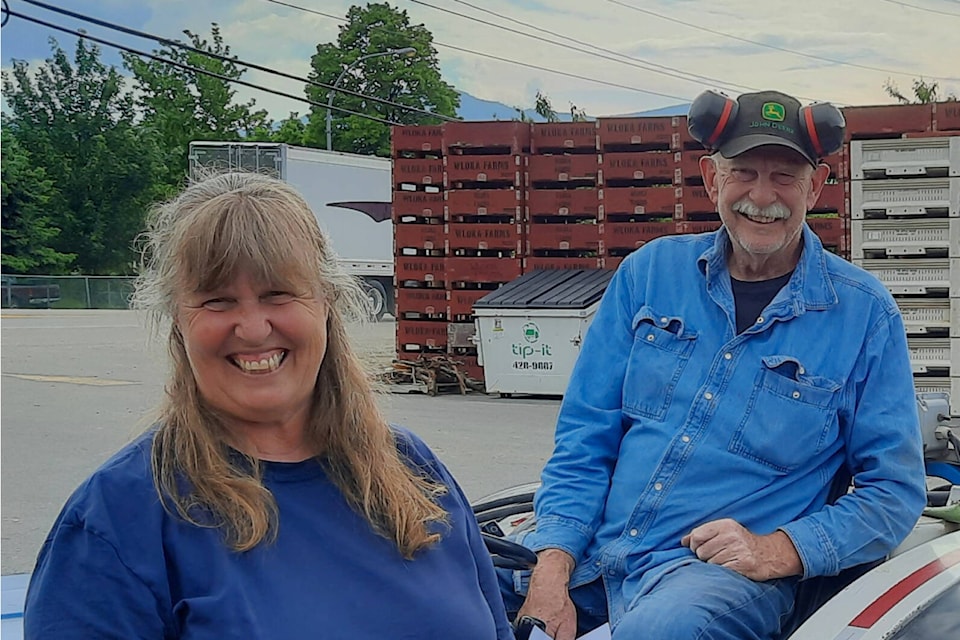By Barb Wloka, Owner of Wloka Farms Fruit Stand
July is another month of weeding. By this time, the majority of the seeding and planting has been completed. Ideal timing for the first harvest is early July when the fruit stand opens.
At all times, we try to give staff varied work during each day – this helps with boredom and body mechanics. June and July, however, are months when weeding and weeding and more weeding is required. We move between fields for hoeing and picking weeds that sometimes require getting down on hands and knees to pull them out.
Making sure staff is well equipped for weeding is very important. Each staff member is supplied with gloves, knee pads, and a trowel or hoe of choice. We keep a good selection as employees tend to develop favourites. Everyone is required to bring a water bottle into the field. Hydration cannot be stressed enough even on overcast, cooler days.
Weed control may be done mechanically or with sprays but neither of these ever works 100 per cent. And each entails a certain amount of risk. If rows are not perfectly straight or if a driver does not pay close attention to where a tiller is going, whole sections of a planting may be ripped out. With sprays, drift is always a risk as even a small amount of drift may wipe out any number of plants. The preference is to hand weed rather than use sprays for the health of the soil and the quality of the end product.
Ground covers help a lot – the FilmOrganic mulch into which the plants are inserted keep weeds down along the rows but hand weeding is still necessary around each plant. Between the rows of mulch, a ground cover is rolled out and held in place with staples. This is a one-time labor-intensive job that is impossible to do on a windy day! But the savings on weed control is well worth the effort. However, along the edges of the ground cover and at the ends of rows, weeds poke out and pulling them by hand is still necessary.
The big advantage to ground cover and mulched rows is that this weed control rolls into future weed control as well. If weeds are not allowed to grow, they also do not form seeds. Over time, weed management becomes easier because the quantity of seed production has been reduced.
Another factor which must be considered when weeding is moisture, either from weather conditions or irrigation frequency. When a weed’s roots have been exposed, they need to lie on the surface and be well dried out before they will die. A good sprinkling of water will often see weeds re-rooted and growing happily again – all that effort wasted!
When rows are up to 700 feet long, the job can be daunting. However, a good crew working together can move through a field quickly, efficiently, and cleanly – always knowing that they will have to return and weed it all again before the season is over!
Barb Wloka is owner/operator of Wloka Farms Fruit Stand in Creston, B.C. She and her husband, Frank, have farmed for over 40 years and have learned a lot through trial and error. To grow their knowledge base, both continually research and collaborate with others. They also pick up tidbits of information from staff and customers. Learning to farm is a life-long educational experience!
READ MORE: For the love of the harvest: The history of Wloka Farms Fruit Stand
